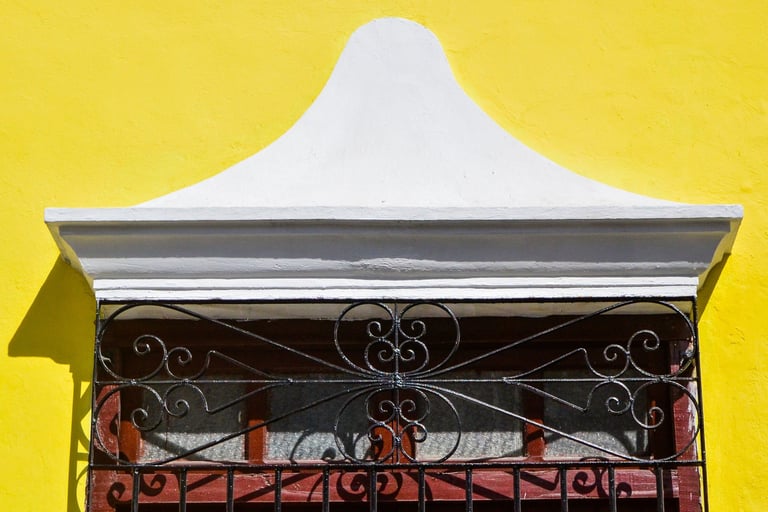Architecture
To take architectural photos, you can use a variety of lenses, a tripod, and try different angles. You can also consider the lighting, weather, and time of day.
Equipment:
Camera: A DSLR or interchangeable-lens camera is a good choice.
Lenses: Wide-angle lenses are good for capturing large views, while tilt-shift lenses can help correct perspective distortions.
Tripod: A tripod helps keep your camera steady, which is important for blur-free images.
Composition:
Find a unique angle: Try getting close to the building or shooting from a different perspective.
Use leading lines: Use naturally occurring lines in the building to guide the viewer's eye through the image.
Add scale: Include everyday objects like trees to add scale to your image.
Lighting:
Prioritize good lighting: Consider shooting at different times of day and in different weather conditions.
Use HDR: High dynamic range images can add drama to exterior shots.
Post-processing:
Use editing software to compensate for lens distortion.
Use post-processing tools to enhance your images.
Aperture:
A narrow aperture, like f/11, lets in less light, which can help you achieve sharper shots.
The aperture is the size of the opening in the lens that allows light to reach the camera's sensor.


More Tips
ISO:
A low ISO, like ISO 100 or 200, can help you achieve sharper shots.
Shutter speed:
A faster shutter speed, like 1/250 sec, is better for well-lit areas.
A slower shutter speed, like 1/30 sec, is better for low light.
Longer shutter speeds can cause camera shake and blur the image if you don't use a tripod.
Camera level and vertical:
Make sure your camera is level and vertical. You can use an electronic level or an L bracket to help.
Back button focus:
Use the AF-ON button on the back of your camera instead of the shutter release button to focus.